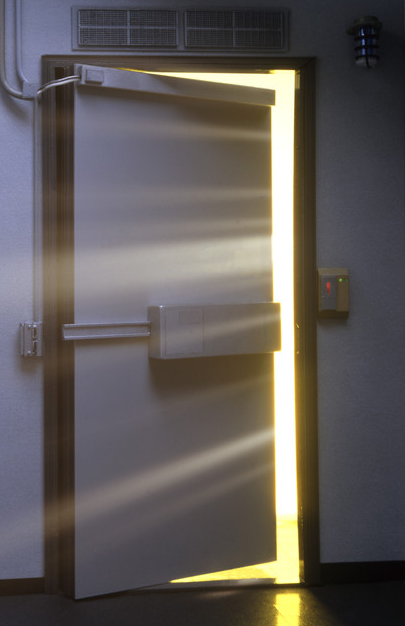 Reading through various industry publications, I’ve noticed a disturbing increase in reports of organized retail crime (ORC). This unfortunate trend was confirmed by a survey performed by the NRF which revealed that in 2012, organized retail crime was the highest it has been in 7 years. Nine out of every ten retailers were affected by organized retail crime[1]. The annual Theft Survey performed by Jack L. Hayes International found that shoplifters and dishonest employees stole over $6 billion in 2011 from 24 major retailers[2].
Reading through various industry publications, I’ve noticed a disturbing increase in reports of organized retail crime (ORC). This unfortunate trend was confirmed by a survey performed by the NRF which revealed that in 2012, organized retail crime was the highest it has been in 7 years. Nine out of every ten retailers were affected by organized retail crime[1]. The annual Theft Survey performed by Jack L. Hayes International found that shoplifters and dishonest employees stole over $6 billion in 2011 from 24 major retailers[2].
The question is how do you proactively combat theft? How can you minimize risk and increase the safety of your facilities, employees, and patrons? Performing regular security audits is a good place to start. Physical security audits will help you identify where your facilities are vulnerable to threats, be they physical theft, information theft, life safety risks to employees and patrons, and/or acts of God.
Developing a Physical Security Audit Checklist
The first step in the audit process is developing a walk-through checklist. There are entire books on this subject, but we have narrowed it down to a cursory physical security audit checklist for easy reference. The list concentrates on your physical buildings; it’s also important that you perform digital security audits to ensure protection from cybercrime.
After the Walk-Through
Developing the checklist is only half of the battle. You now have the arduous task of developing and implementing audit procedures, communication channels, and monitoring systems. Store managers should perform regular physical security audits on an interval determined by senior management. Performing and acting upon these audits on a regular basis will produce the insights needed to minimize loss and increase the safety of employees and customers. Management should also establish criteria for when additional un-scheduled audits should be performed, such as a change in location, a new threat, suspicion of loss or actual loss, etc.
From Insights to Action
With each audit comes the opportunity for the facility to become increasingly less vulnerable, but only if the findings are addressed. In order to take meaningful action, you need to implement a means of communication to report findings back to management and should develop an action plan for addressing any vulnerabilities. Your organization may be unable to physically address all findings due to budget and/or space limitations; however, policies can be put in place to help minimize the risk found by these shortcomings.
Follow-Up Process
The best planned security systems and procedures lose their effectiveness if they are not continually monitored. To ensure that the program stays alive and well, develop a structure to confirm that audits are being performed and that vulnerabilities are being addressed.
Developing and implementing a physical security audit process is a time-intensive task; however, the annual Theft Survey referenced above also found that the average case value to prosecute shoplifters and dishonest employees cost $150 dollars and 62 hours. Not only will a security audit program will have lasting effects on increasing the safety and security of your locations, but it will positively impact your bottom line as well.
[1] Grannis, K. NRF Report Finds No Retailer Immune to Organized Retail Crime. National Retail Federation. Retrieved January 14, 2013 from http://www.nrf.com/modules.php?name=News&op=viewlive&sp_id=1380
[2] Annual Retail Theft Survey. Jack L. Hayes International, Inc. Retrieved January 14, 2013 from http://hayesinternational.com/news/annual-retail-theft-survey/
